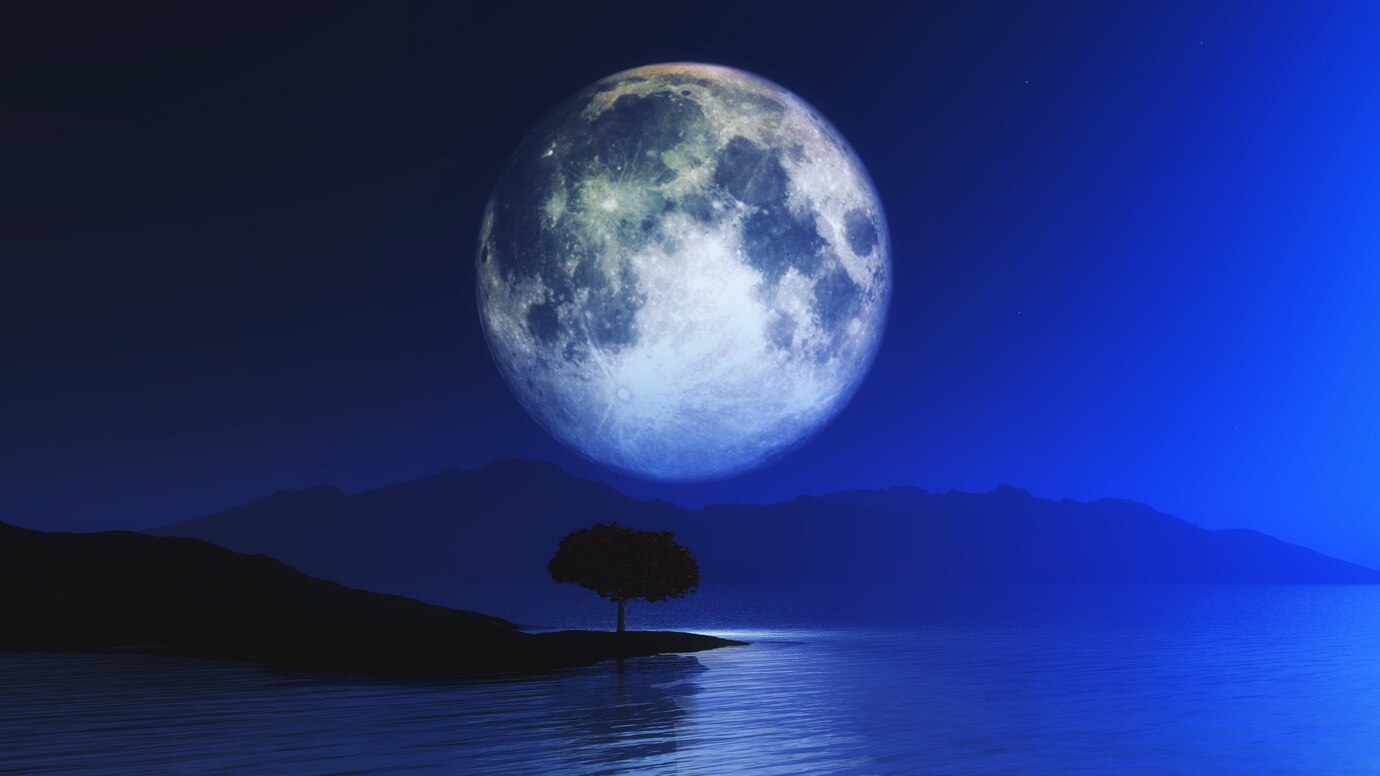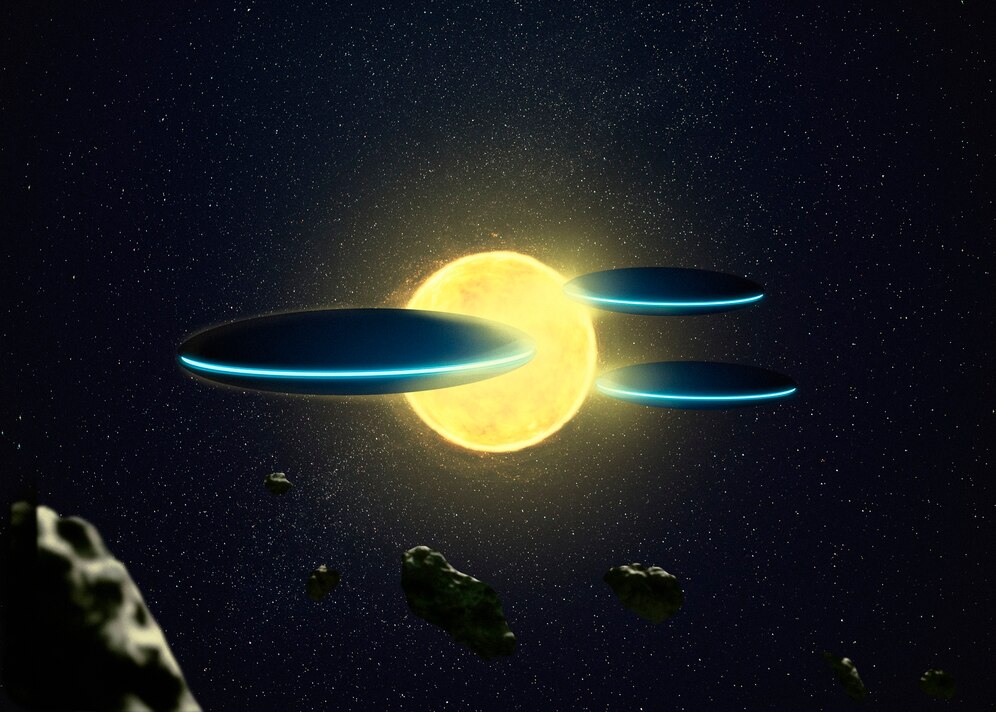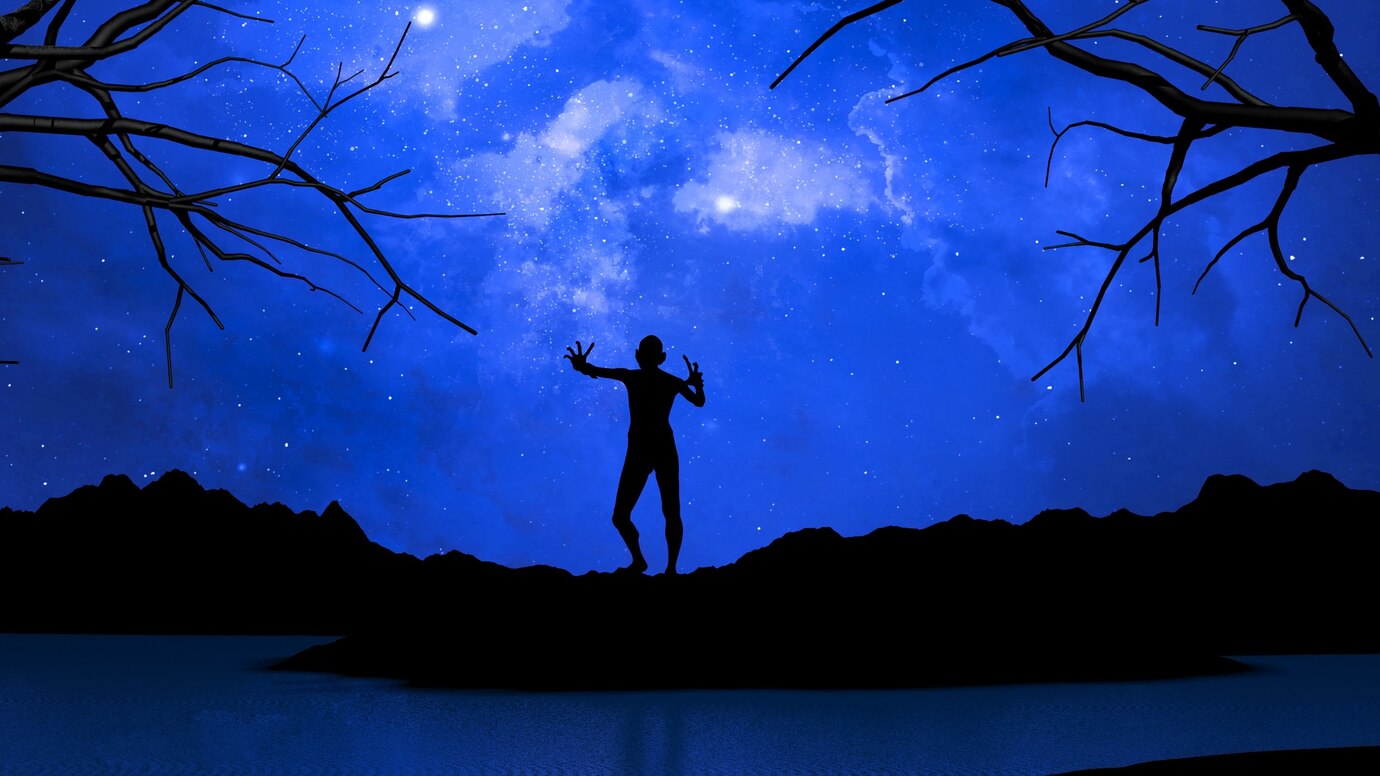Comparison of Super Blue Moon with Other Astronomical Phenomena
Ah, the Super Blue Moon! It sounds like something straight out of a science fiction movie, doesn’t it? But this celestial event is all too real, and it has a charm that captures the imaginations of stargazers and casual sky-watchers alike. If you recently marveled at a dazzling Super Blue Moon, you might find yourself wondering how it stands up against other fascinating astronomical phenomena. So grab a comfy chair, and let’s dive into this cosmic comparison!

What Exactly Is a Super Blue Moon?
First, let’s break down what we’re talking about. A Super Blue Moon is a unique event that occurs when two particular astronomical happenings collide. A “supermoon” happens when the full moon is at its closest point to Earth in its orbit (perigee), making it look about 14% larger and 30% brighter than a regular full moon. A “blue moon,” on the other hand, is the term used for the second full moon occurring in a single calendar month. So, combine these two, and you get a spectacular spectacle that has everyone racing to grab their cameras!
Super Blue Moon vs. Solar Eclipse
Now let’s set the Super Blue Moon against the solar eclipse—a true crowd-pleaser in the realm of astronomical events. A solar eclipse occurs when the moon passes between the Earth and the sun, blocking out the latter’s light either partially or totally (we can’t forget about the awe-inspiring total solar eclipse!).
Comparative Observations:
Visibility: While most people can see a Super Blue Moon from virtually anywhere on Earth (weather permitting, of course), a solar eclipse is a bit trickier. The path of totality for a total solar eclipse is often quite narrow, meaning that only those situated in a specific area get the full awe of the event.
Duration: A Super Blue Moon can last all night, casting its enchanting glow for hours on end. Solar eclipses, especially total ones, are fleeting—which can be thrilling but also leave you wishing for just a few more moments of celestial magic.
Memorability: While a Super Blue Moon is impressive, nothing quite compares to the spectacle of a solar eclipse. The eerie twilight during totality, the temperature drop, and the visibility of the sun’s corona create an experience that’s hard to forget.

Super Blue Moon vs. Perseid Meteor Shower
Let’s turn our gaze toward the Perseid meteor shower, which typically occurs every August. Known for its bright meteors and reliable activity, this event draws in many astronomy enthusiasts who camp out under the stars for a night of shooting stars.
Comparative Observations:
Count Them: During the Perseid meteor shower, viewers can potentially catch dozens of meteors every hour (under the right conditions). Contrast that with the Super Blue Moon—the beauty lies in the static gaze at a singular glowing orb, not a flurry of streaking lights.
Timing and Experience: The meteors tend to be most visible in the wee hours of the morning, while the Super Blue Moon can be enjoyed at any time during its full phase. It’s a more laid-back affair, allowing folks to stargaze without the need for a late-night wake-up call.
Cultural Significance: Both events invoke wonder, but meteor showers often are accompanied by myths and wishes, as ancient cultures believed that meteors carried messages from the gods. A Super Blue Moon, meanwhile, feels like a rare party trick from the universe, evoking more of an “ooh and ahh” reaction rather than the contemplative nature of making wishes.

Super Blue Moon vs. Planetary Alignments
Let’s also talk about planetary alignments, which occur when planets align in the night sky. While this does not happen as frequently, it can create a stunning show with the bright dots of the planets sparkling near each other.
Comparative Observations:
Brightness Factor: Planets can appear incredibly bright, sometimes outshining even the moon. But when a Super Blue Moon is present, it definitely steals the spotlight with its larger-than-life appearance. In your backyard, you might find yourself squinting at the little dots in the sky rather than enjoying the resplendent moon.
Frequency: Planetary alignments can be relatively rare, happening every couple of years, while Super Blue Moons can pop up multiple times in a decade. To catch a great planetary alignment, you might have to wait years, but a Super Blue Moon could be just around the corner!
Impact on Earth: While both planetary alignments and Super Blue Moons are visually stunning, the Super Blue Moon has a more noticeable effect on tides and night illumination. Local ecosystems often buzz with activity during a full moon night, yet planetary alignments do little in terms of physical effects, instead leaning solely on the aesthetic side.
The Verdict: A Cosmic Spectacle in Its Own Right
Comparing the Super Blue Moon to other astronomical events is like trying to choose your favorite ice cream flavor—each has its own unique characteristics that make it special. The Super Blue Moon is a beautifully romantic sight that invites everyone to gaze up and feel a little smaller in the grand scheme of the universe. It conveys a sense of simplicity and wonder that attracts both seasoned astronomers and those who might not look up from their phones all that often.
>>> Read more: Billie Eilish and the Radical Fashion Change
So, which one is “better”? It truly depends on personal preference. Are you a fan of the chaos and excitement of a meteor shower, or do you prefer the calm beauty of a Super Blue Moon? Either way, make sure to mark your calendars for the next Super Blue Moon and other astronomical events. Because, in the end, the cosmos provides us with a kaleidoscope of light, marvels, and chances to reflect on our place in the universe.Just remember to take a moment to step outside, look up, and appreciate the wonders above! 🌕✨
